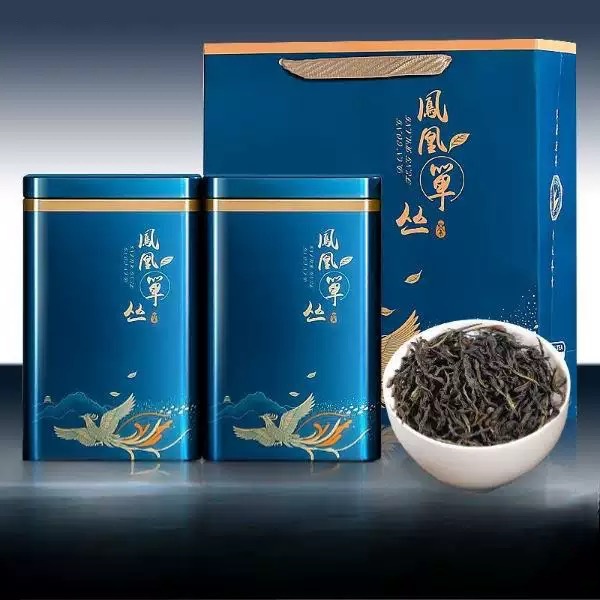
# Brewing the Perfect Cup of Oolong Tea
## Introduction to Oolong Tea
Oolong tea, a traditional Chinese tea, sits somewhere between green and black tea in terms of oxidation. Its unique processing method gives it a complex flavor profile that can range from floral and light to rich and toasty. Brewing oolong tea properly is essential to bring out its best qualities.
## Choosing Your Oolong Tea
Before brewing, it’s important to select the right type of oolong tea:
– Light oolongs (10-30% oxidation) – delicate floral notes
– Medium oolongs (30-50% oxidation) – balanced flavors
– Dark oolongs (50-70% oxidation) – robust, roasted characteristics
## Essential Brewing Equipment
To brew oolong tea properly, you’ll need:
– A gaiwan or small teapot (150-200ml)
– High-quality loose leaf oolong tea
– Filtered water
– A thermometer (optional)
– A tea timer
– Small tasting cups
## Step-by-Step Brewing Guide
### 1. Water Temperature
Different oolongs require different water temperatures:
– Light oolongs: 185-195°F (85-90°C)
– Medium oolongs: 195-205°F (90-96°C)
– Dark oolongs: 205-212°F (96-100°C)
### 2. Tea-to-Water Ratio
Use approximately 1 gram of tea leaves per 20-30ml of water. For a standard 150ml gaiwan, this would be about 5-7 grams of tea.
### 3. Rinsing the Leaves
Pour hot water over the leaves and immediately pour it out. This “awakens” the tea and removes any dust.
### 4. First Infusion
Steep for:
– Light oolongs: 30-45 seconds
– Medium oolongs: 45-60 seconds
– Dark oolongs: 60-90 seconds
### 5. Subsequent Infusions
Oolong tea can typically be steeped multiple times. Increase the steeping time by 15-30 seconds with each infusion.
## Tips for Perfect Oolong Tea
– Use fresh, filtered water for the best taste
– Preheat your teaware to maintain temperature
– Observe the leaves – they should unfurl beautifully
– Pay attention to the aroma before drinking
– Experiment with steeping times to find your preference
## Common Mistakes to Avoid
– Using boiling water for delicate oolongs (can make them bitter)
– Oversteeping (especially for lighter varieties)
– Using too few leaves (results in weak flavor)
– Not rinsing the leaves (can affect flavor)
Keyword: Brewing Oolong Tea
– Using poor quality water (impacts taste significantly)
## Enjoying Your Oolong Tea
Take time to appreciate the color, aroma, and evolving flavors with each infusion. Oolong tea is meant to be savored slowly, allowing you to notice the subtle changes between steeps. The perfect cup of oolong should have a balanced flavor, pleasant aroma, and leave a sweet aftertaste.
Remember that brewing oolong tea is as much an art as it is a science. With practice, you’ll develop your own preferences and techniques for creating the perfect cup every time.